I co-wrote a book about the Virtual Boy for MIT Press
April 8th, 2024 by Benj EdwardsPlatform Studies book from Zagal and Edwards launches May 14, 2024.
Attention video game fans! I co-wrote an MIT Press Platform Studies book called Seeing Red: Nintendo’s Virtual Boy with Dr. Jose Zagal, and it’s coming out May 14th of this year.
You can pre-order it now on Amazon if you’re wild about stereoscopic red consoles.
Be aware that it is definitely an academic book, so it doesn’t read like a pop culture narrative, but I think you’ll be pleasantly surprised at how much depth we go into on this fun console. I still think it’s an enjoyable and essential work of video game scholarship (but then again, I would think that, wouldn’t I).
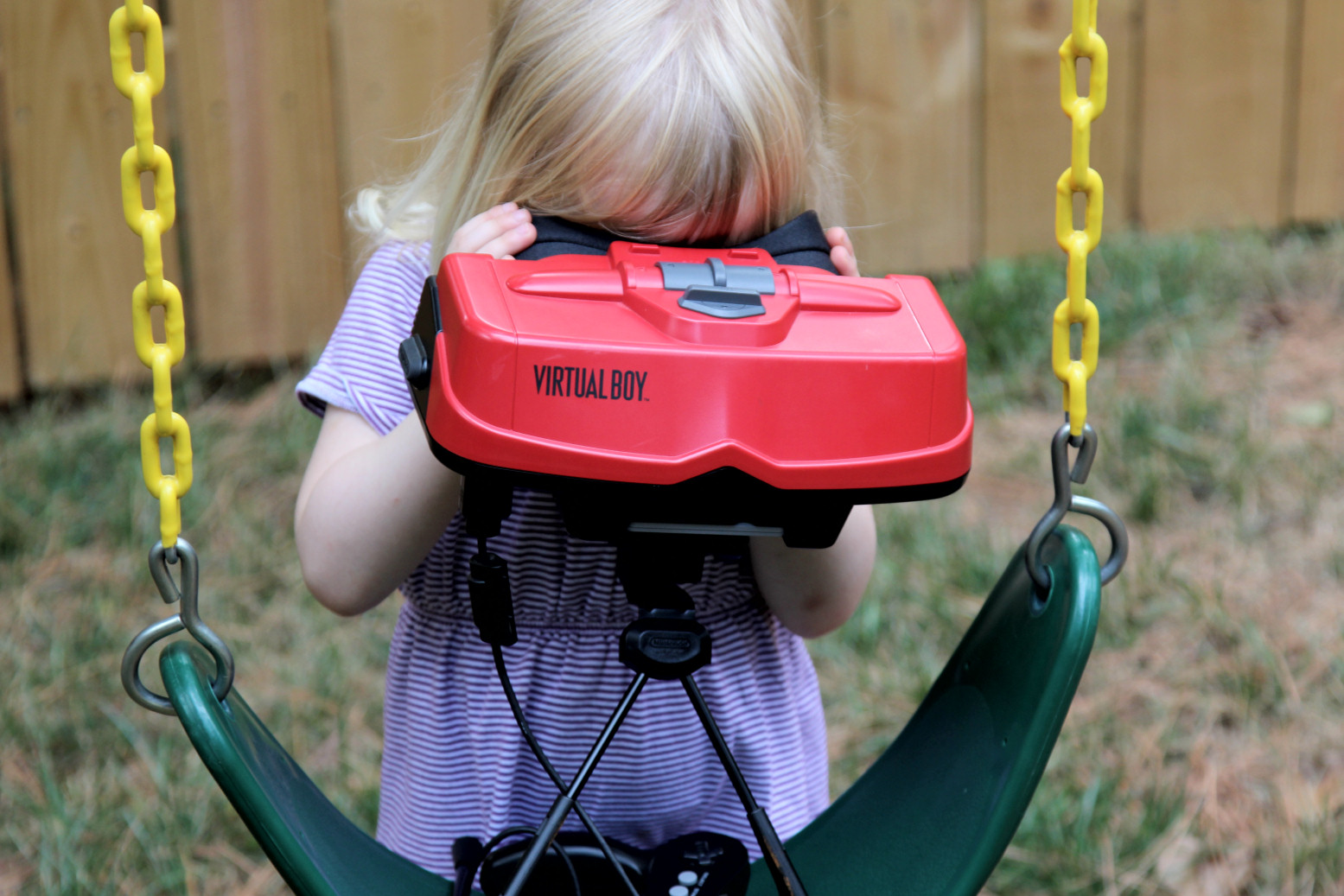
Here is the official blurb:
The curious history, technology, and technocultural context of Nintendo’s short-lived stereoscopic gaming console, the Virtual Boy.
With glowing red stereoscopic 3D graphics, the Virtual Boy cast a prophetic hue: Shortly after its release in 1995, Nintendo’s balance sheet for the product was “in the red” as well. Of all the innovative long shots the game industry has witnessed over the years, perhaps the most infamous and least understood was the Virtual Boy. Why the Virtual Boy failed, and where it succeeded, are questions that video game experts José Zagal and Benj Edwards explore in Seeing Red, but even more interesting to the authors is what the platform actually was: what it promised, how it worked, and where it fit into the story of gaming.
Nintendo released the Virtual Boy as a standalone table-top device in 1995—and quickly discontinued it after lackluster sales and a lukewarm critical reception. In Seeing Red, Zagal and Edwards examine the device’s technical capabilities, its games, and the cultural context in the US in the 1990s when Nintendo developed and released the unusual console. The Virtual Boy, in their account, built upon and extended an often-forgotten historical tradition of immersive layered dioramas going back 100 years that was largely unexplored in video games at the time. The authors also show how the platform’s library of games conveyed a distinct visual aesthetic style that has not been significantly explored since the Virtual Boy’s release, having been superseded by polygonal 3D graphics. The platform’s meaning, they contend, lies as much in its design and technical capabilities and affordances as it does in an audience’s perception of those capabilities.
Offering rare insight into how we think about video game platforms, Seeing Red illustrates where perception and context come, quite literally, into play.
And here’s a sneak peek at the table of contents:
- Series Foreword
- Acknowledgments
- 1: The Essence of a Gaming Platform
- 2: Tracing the Roots: Ancestors and Precursors
- 3: Crafting the Virtual Boy: Design and Development
- 4: Art of Stereoscopy: Blending Technology and Illusion
- 5: The Virtual Stage: A Layered Diorama
- 6: Mixed Messages: Marketing and Consumer Confusion
- 7: Assessing the Gimmick Factor
- 8: Hidden Gems: Redemption and Unrealized Potential
- Appendix A: Virtual Boy Technical Specifications
- Appendix B: Virtual Boy’s Games
- Notes
- References
- Index
Dr. Jose “The Man” Zagal

My co-author, Dr. Jose Zagal is a professor that teaches game studies at the University of Utah. He’s a great guy, and I really appreciate what he does.
Jose invited me aboard the project in 2021 because I wrote an in-depth article about the creation of the Virtual Boy for Fast Company in 2015. He had also previously written an academic work about the Virtual Boy.
Jose wrote the largest portion of the book by far, and it started as his project. We worked on the book together throughout most of 2021-2022, entirely remotely through multiple bouts of COVID (on my end) and dancing around both of our full-time jobs.
I wrote a goodly portion of two chapters (3 and 4?) and two entire appendices, and I helped edit everything. We also brainstormed the main ideas in the book as we went along, so it is a true collaborative effort.
Bringing Respect to the Virtual Boy
Released in 1995, the Virtual Boy only played host to 22 officially licensed games, and I feel that it’s still wildly misunderstood. We set out to re-evaluate this novel gaming platform with the respect it deserves.
In the book, we explore the Virtual Boy’s origins, technical capabilities, and how to place it in a broader media context. Along the way, we link the VB’s unique hardware and game style to historical precursors such as peep boxes and layered dioramas.
The console began as Gunpei Yokoi’s vision for extending the video game paradigm beyond the constraints of the 2D television set and became an interesting novelty platform that lasted only about a year on the market in the US, and less than that in Japan.
We cover how stereo vision works (stereopsis), including the role of the “horopter” (a very important imaginary line), and how the effect of perceived depth is relative, based on the context of objects around it.
We also talk about the Virtual Boy’s place in Nintendo’s history–its influence on later games and how the company saw the product. Shigeru Miyamoto once said that if it had been marketed a novelty toy rather than a video game platform, its 770,000 sales would have been seen as a success.
And don’t miss out on the famous “Appendix B” where I briefly write about all 22 official Virtual Boy games with screenshots!
Supposedly I get $1.50 for every copy sold (we’ll see how the math actually works out—money has a strange way of diminishing before it reaches you), so feel free to order as many copies as you want. Hope you enjoy it!
—
See Also: Virtually Forgotten: Nintendo’s Virtual Boy, 25 Years Later (How-To Geek, 2020)
See Also: Unraveling The Enigma Of Nintendo’s Virtual Boy, 20 Years Later (Fast Company, 2015)
See Also: The $99 Virtual Boy (RSOTW, 2014)
See Also: Virtual Boy Wasteland (RSOTW, 2014)
See Also: Virtual Boy Vortex (RSOTW, 2012)
See Also: The History of Stereoscopic 3D Gaming (PC World, 2011)
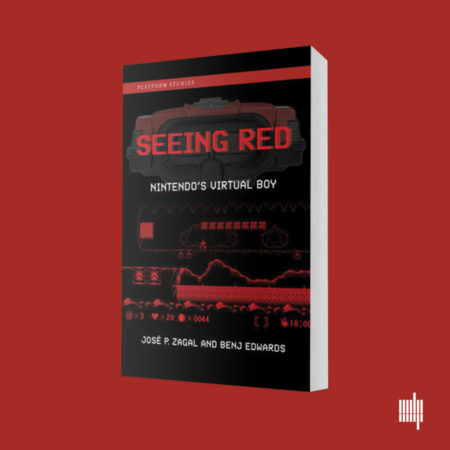

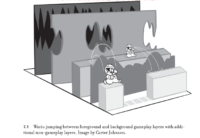
![Stereoscopy achieved via horizontal displacement (based on image in Nintendo [1995e, 2-4-1]).](https://www.vintagecomputing.com/wp-content/uploads/2024/04/GJxIvF-X0AArpGe-200x182.png)
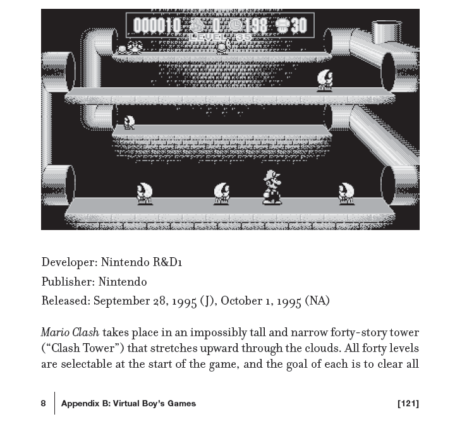



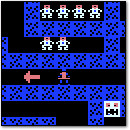
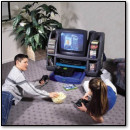

April 11th, 2024 at 8:28 pm
Looks great! I’ve read another Platform Studies book, Racing the Beam, about the Atari 2600. An interesting and technical read about my first video game console.
Looking forward to reading this one!
April 12th, 2024 at 8:06 am
Thanks, Cozmo. Yep, Racing the Beam was great. If you liked that, I think you’ll like this one.
April 14th, 2024 at 2:46 pm
Pre-ordered! I have several Platform Studies books on my bookshelf — pristine, though tragically unread — but it’s not like there’s a expiration date on history!
I’m sure I’ll get around to them one day…
April 15th, 2024 at 9:34 am
Thanks, Mike! I’ve found that a handsome unread book gives you knowledge through the confidence of it sitting on your shelf. Or something like that.
(Yeah I have a lot of them unread books too, but I still like having the OPTION to read them.)
June 18th, 2024 at 4:33 pm
Amazing! I personally love MIT Press books and this one is going to be another favorite!